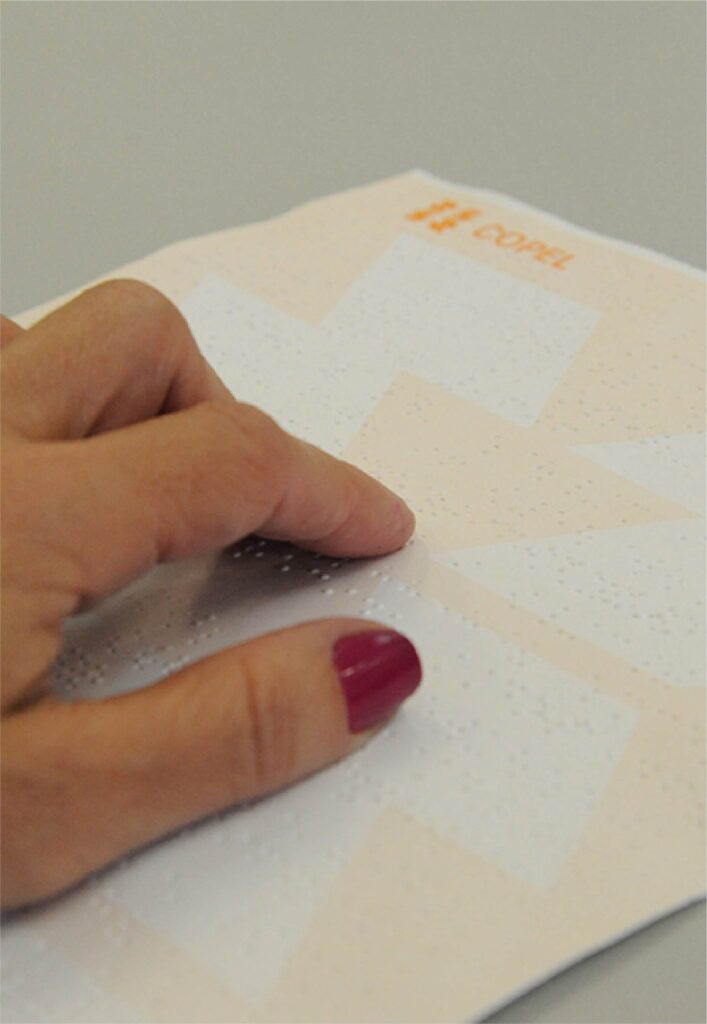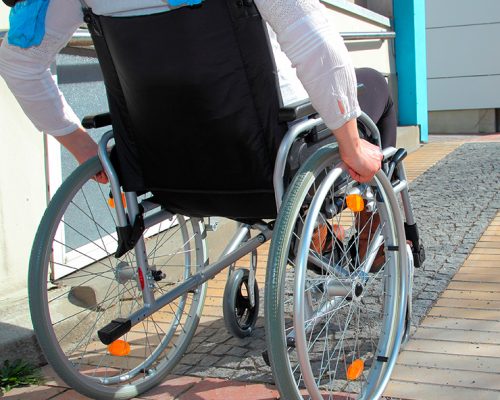Accessibility
Accessibility is fundamental anywhere, including in work spaces. It includes the physical and virtual structure, by communication and treatment of persons with disability.
For that reason, in the last years, Copel has been trying to improve itself for meeting these four fronts, especially through the adjustment of structures, training and information, so we may have an accessible and inclusive environment.
The Company has been improving its actions for complying with accessibility laws and affirmative action in public contests, in addition to establishing partnerships with institutions for a deeper approach of the theme. You can monitor Copel’s data through integrated reports published on an annual basis through the Sustainability portal.


Architectural Accessibility
T
The Architectural subgroup of the Corporate Accessibility Program was responsible for implementing Architectural Accessibility (structural), provided for in NBR 9050, in the properties occupied by Copel. The projects were contracted in 11 lots, covering all of Paraná, in 2009, including administrative units and generation projects.
After the delivery of the projects, many adaptation actions were carried out in the different regions, and in 2015, the execution of accessibility works was carried out in a more comprehensive way, through a single coordination, throughout Paraná, contracted in 5 lots, one per region.
The adaptation and renovation, with regard to physical barriers, of all work spaces, throughout Paraná, are in their final phase, ensuring a safer and more inclusive work environment for the Company’s employees.
Attitudinal Accessibility
Attitudinal accessibility is one of the dimensions of the accessibility program that addresses the inclusion of people with disabilities in the company. In addition to adapting its physical structure, Copel is also concerned with cultural issues related to the theme in its environment. The attitudinal dimension of the program addresses the appropriate treatment of people with disabilities, based mainly on interpersonal relationships.
The more informed and sensitized we are about the topic, the better people will coexist, whether in the workplace or in their personal lives.
Therefore, Copel periodically promotes courses and awareness raising, through its Diversity Program. Priority actions and improvement strategies are discussed by the Diversity Committee, which consults parties interested in the topic to ensure the coherence and relevance of the proposals.


Communicational and Technological Accessibility
It is concerned with the adequacy of written, audible or graphic communication mechanisms for its internal or external communication, as well as the implementation of technologies and equipment that meet the needs of people with disabilities (PwDs) and that increase the scope of the Company’s Business Communication Copel, with all interested parties.
Communicational and Technological Accessibility
It is concerned with the adequacy of written, audible or graphic communication mechanisms for its internal or external communication, as well as the implementation of technologies and equipment that meet the needs of people with disabilities (PwDs) and that increase the scope of the Company’s Business Communication Copel, with all interested parties.

Acessibilidade e os ODS
SDG 8 – promote inclusive economic growth and decent work for all.
Subitem 8.5: By 2030, achieve full and productive employment and decent work for all women and men, including young people and people with disabilities, and equal pay for work of equal value.
SDG 9 – promote actions for inclusion in the world of work, considering equal conditions and perspectives for professional growth and access to inclusive technologies.
Subitem 9.5: By 2030, achieve full and productive employment and decent work for all women and men, including for young people and people with disabilities, and equal pay for work of equal value
Subitem 9.c: Significantly increase access to information and communication technologies and strive to provide universal and affordable access to the internet in least developed countries by 2020.
SDG 10 – Reduce inequality.
Subitem 10.2: By 2030, empower and promote the social, economic and political inclusion of everyone, regardless of age, gender, disability, race, ethnicity, origin, religion, economic or other condition.
Subitem 10.3: Ensure equal opportunities and reduce inequalities in outcomes, including through the elimination of discriminatory laws, policies and practices and the promotion of appropriate legislation, policies and actions in this regard.
SDG 11 – Contribute to urban accessibility.
Subitem 11.3: By 2030, increase inclusive and sustainable urbanization, and capabilities for the planning and management of participatory, integrated and sustainable human settlements in all countries (urban afforestation primer).
Subitem 11.7: By 2030, provide universal access to safe, inclusive, accessible and green public spaces, particularly for women and children, elderly people and people with disabilities (accessibility in agencies).



